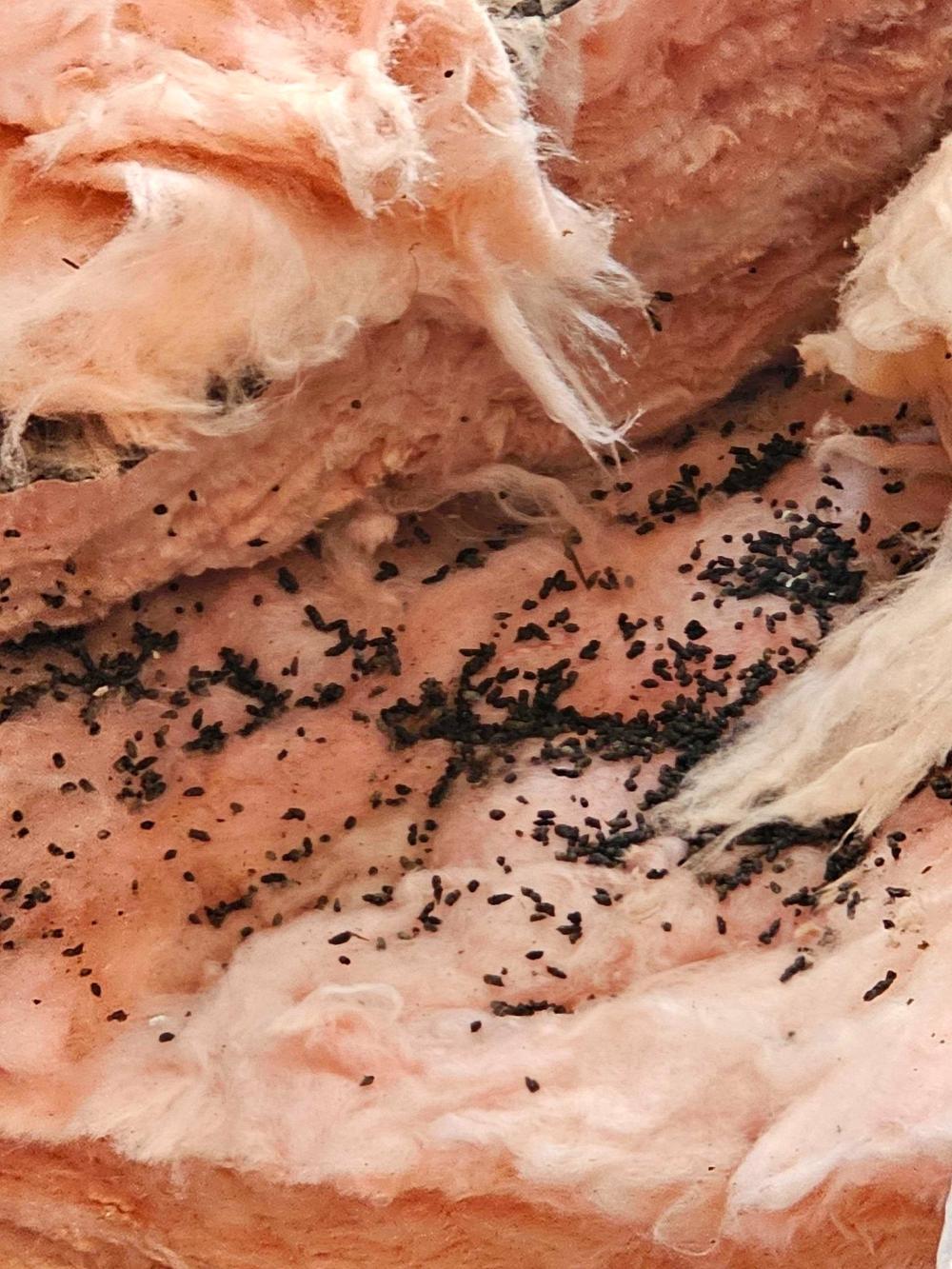How Dirty Insulation Could Be Making You Sick (And What to Do About It)
spray foam insulation | home insulation | blown-in cellulose insulation | fiberglass insulation | foam university


If you’ve ever found yourself sneezing a little more often at home, feeling like your allergies are constantly triggered, or wondering why your attic smells like a dusty basement, your insulation might be to blame.
Yes, insulation.
That fiberglass or cellulose packed into your attic or crawl space is a whole lot dirtier than you might think – and it could be messing with your health.
So, let’s dig into what’s lurking in that fluffy stuff, how it affects your air quality, and how you can clean things up for good.
Can You Be Allergic to Airborne Dirt and Insulation?
Short answer: absolutely.
If you suffer from allergies, asthma, or other respiratory issues, dirty insulation can make things worse. Traditional insulation materials like fiberglass and cellulose trap allergens like pollen, dust, and pet dander. When disturbed, these particles can become airborne and enter your living spaces through vents or any cracks and crevices in the home.
This can lead to reactions such as sneezing, itchy eyes, coughing, and even asthma attacks. If there’s mold exposure in the home, it can actually cause similar symptoms, including wheezing and throat irritation – and yes, insulation can harbor mold, too, according to the Centers for Disease Control and Prevention.
Why Dirty Insulation is a Health Hazard
Let’s break down why fiberglass and blown-in cellulose insulation can turn into a health hazard over time.
Fiberglass Insulation Health Hazards
Fiberglass is made of fine glass fibers that can embed into your skin, eyes, or lungs.
If you’ve ever handled it without gloves, you probably learned that the hard way. When these tiny particles become airborne, they can cause respiratory issues and irritation.
Blown-In Insulation Health Hazards
Cellulose insulation is made from recycled newspaper and is inherently dusty.
It can trap allergens and irritants just like fiberglass. Once it’s disturbed, that dust can circulate through your home.
Moisture = Mold
If traditional insulation gets wet, it retains that moisture, especially in poorly ventilated spaces like attics and crawl spaces.
That moisture feeds mold and mildew. Mold spores can cause anything from minor sinus issues to severe respiratory illnesses, particularly for people with compromised immune systems.
Pest Problems and Contamination
Rodents love to nest in traditional insulation.
They leave behind droppings and urine, which are dangerous to human health. Breathing in contaminated particles from rodent droppings can lead to serious disease, according to the CDC.
You should never vacuum or sweep up rodent-contaminated insulation – this only makes it airborne and riskier.
Should Dirty Insulation Be Replaced?
Yes – especially if you’re adding spray foam insulation.
Dirty, degraded insulation blocks proper foam adhesion and disrupts airflow management. Plus, keeping contaminated insulation means keeping allergens, moisture, and pests that come with it.
Here’s a quick breakdown:
- Attics and crawl spaces: Old insulation must be removed before adding foam.
- Walls: With injection foam like RetroFoam, removal isn’t necessary since the foam compresses the old insulation, filling every nook and cranny.
How to Get Rid of Old Insulation Safely
Removing dirty insulation, especially after a rodent infestation or water damage, needs to be done carefully:
- Wear full protective gear. That means gloves, a respirator, and full-body covering.
- Don’t disturb dry contaminants. Double-bag contaminated insulation and discard according to local regulations.
Follow full CDC guidelines on cleaning rodent-contaminated areas to protect your health.
Why Foam Insulation Creates a Healthier Home
Here’s where foam insulation really shines.
Products like RetroFoam and spray foam don’t just insulate – they create an air seal.
That means:
- No more airflow through the walls or attic = fewer allergens, pollutants, and pests.
- No moisture retention = no mold growth.
- No critter condos = less chance of contamination.
While foam insulation isn’t a pest deterrent per se, it blocks the paths pests use to enter. They’re less likely to make your home theirs without those access points.
Create a Healthier Home
If you’re ready to ditch the dirty insulation and create a healthier home, check out the Dealer Finder on our website to connect with a RetroFoam expert near you.
Key Points:
- Can you be allergic to airborne dirt? Yes. Dirty insulation traps and releases allergens.
- Traditional insulation holds onto dust, moisture, and pest droppings, all of which impact your indoor air quality.
- Fiberglass insulation health hazards include skin and lung irritation from airborne glass fibers.
- Blown-in cellulose can release dust and pollen into your home’s airflow.
- Rodents love nesting in insulation, leaving behind hazardous droppings and urine.
- How to get rid of old insulation: Follow CDC guidelines for removal after pests or moisture damage.
- Should dirty insulation be replaced? Yes – especially when upgrading to spray foam.
- Foam insulation creates an air seal, helping prevent allergies, moisture, pests, and mold.
Related Articles
Old Insulation in Attics: The Benefits of Removal and Spray Foam Insulation
Does RetroFoam Work as a Pest Control Insulation?
About Amanda Emery
Amanda previously has worked as a breaking news and crime reporter, TV news producer, and editor. As a journalist, she has won several awards from The Society of Professional Journalists - Detroit Chapter and the Michigan Press Association. Amanda uses her experience as a journalist to write content that will help educate homeowners on foam insulation benefits. When Amanda isn’t writing, she’s spending time with her husband Chris, daughter Lilith-Maeve, and rescued huskies Danger and Wendigo. She also loves knitting, making art, and cooking.


